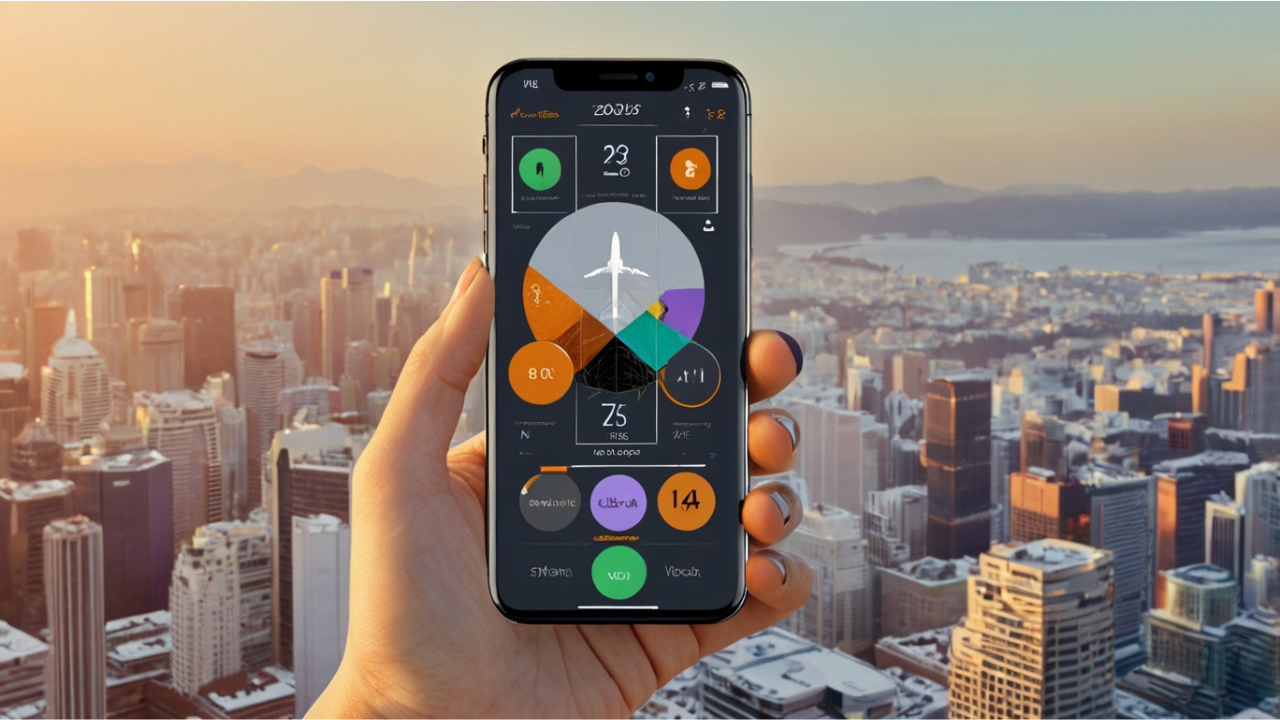In the digital age, mobile devices have become the primary means through which people access the internet. This shift has led to the rise of mobile-first design—a UX strategy that prioritizes the mobile experience before expanding to larger screens. As we navigate through 2024, mobile-first design continues to evolve, adapting to new technologies and user expectations. Here’s a comprehensive look at mobile-first UX design in 2024, exploring its principles, benefits, and emerging trends.
1. The Principles of Mobile-First Design
Simplicity and Clarity:
Mobile-first design emphasizes simplicity and clarity. With limited screen real estate, it’s crucial to prioritize essential elements and functionalities. Designers must strip away unnecessary components, ensuring that the user experience is straightforward and intuitive.
Touch-Friendly Interfaces:
Given the nature of mobile devices, touch-friendly interfaces are paramount. Buttons, links, and interactive elements must be easily tappable, with adequate spacing to avoid accidental clicks. Gestures, such as swipes and pinches, are also integral to enhancing the mobile experience.
Responsive Design:
While mobile-first design starts with the smallest screen in mind, it inherently leads to responsive design. Once the mobile experience is perfected, the design can be scaled up to accommodate larger screens, ensuring a seamless user experience across all devices.
Performance Optimization:
Performance is a critical factor in mobile-first design. Mobile users expect fast load times and smooth interactions. Optimizing images, minimizing code, and leveraging caching are essential practices to ensure optimal performance on mobile devices.
2. Benefits of Mobile-First Design
User-Centric Approach:
Starting with mobile forces designers to focus on the most important aspects of the user experience. This user-centric approach ensures that the final product meets the needs and expectations of users, providing a more effective and satisfying experience.
Broader Reach:
With the majority of internet users accessing content via mobile devices, a mobile-first approach ensures that businesses can reach and engage a wider audience. This inclusivity is vital in today’s digital landscape.
Improved SEO:
Search engines, particularly Google, prioritize mobile-friendly websites in their rankings. A mobile-first design can improve a site’s SEO performance, leading to higher visibility and more organic traffic.
Scalability:
Designing for mobile first simplifies the process of scaling up to larger screens. Once the core elements and functionalities are established for mobile, they can be expanded and enhanced for tablets, desktops, and beyond.
3. Emerging Trends in Mobile-First UX Design
Voice User Interface (VUI):
Voice search and voice commands are becoming increasingly popular. Integrating VUI into mobile-first design allows users to interact with devices using natural language, enhancing accessibility and convenience. In 2024, expect more apps and websites to incorporate voice interactions as a standard feature.
AI and Personalization:
Artificial Intelligence (AI) is playing a significant role in personalizing the mobile experience. AI can analyze user behavior and preferences to deliver tailored content, recommendations, and functionalities. This personalization leads to a more engaging and relevant user experience.
Augmented Reality (AR):
Augmented Reality is transforming how users interact with mobile devices. From shopping apps that allow users to visualize products in their environment to navigation apps that overlay directions onto real-world views, AR is enhancing the mobile experience in innovative ways.
Microinteractions:
Microinteractions—subtle animations and feedback mechanisms—are becoming more prevalent in mobile design. These small, interactive moments enhance user engagement and satisfaction by providing immediate, intuitive feedback.
Dark Mode:
Dark mode continues to gain popularity due to its aesthetic appeal and battery-saving benefits. Mobile-first design must consider dark mode compatibility, ensuring that interfaces look and function well in both light and dark themes.
Minimalist Design:
Minimalism remains a strong trend in mobile-first design. The focus on simplicity and clarity aligns perfectly with the constraints of mobile screens, leading to clean, efficient, and visually appealing interfaces.
4. Challenges in Mobile-First Design
Screen Size Variability:
While mobile-first design prioritizes smaller screens, the variability in screen sizes and resolutions across different devices presents a challenge. Designers must ensure that interfaces are adaptable and maintain usability across this wide range.
Navigation Complexity:
Simplifying navigation for mobile users can be challenging, especially for content-rich websites and applications. Designers must find innovative ways to present complex information and functionalities without overwhelming the user.
Performance Optimization:
Ensuring optimal performance on mobile devices requires continuous monitoring and optimization. This involves balancing visual appeal and functionality with the need for fast load times and smooth interactions.
User Behavior Understanding:
Understanding user behavior on mobile devices is crucial but complex. Designers need to stay updated with changing user preferences and habits to create interfaces that meet evolving expectations.
5. Best Practices for Mobile-First Design in 2024
Prioritize Content:
Focus on the most important content and functionalities first. Use a content-first approach to ensure that essential information is easily accessible.
Use Progressive Enhancement:
Start with a basic, functional design for mobile and progressively enhance it for larger screens. This ensures that all users, regardless of device, have a good experience.
Optimize for Touch:
Ensure that all interactive elements are touch-friendly. Use adequate spacing and consider touch gestures to enhance usability.
Test Across Devices:
Regularly test the design across a variety of devices and screen sizes. This helps identify and address any issues related to responsiveness and usability.
Monitor Performance:
Continuously monitor and optimize performance. Use tools to track load times, interactions, and other performance metrics to ensure a smooth user experience.
Conclusion
As we progress through 2024, mobile-first design remains a crucial strategy for creating effective and engaging digital experiences. By prioritizing mobile users and focusing on simplicity, clarity, and performance, designers can meet the needs of a diverse audience. Embracing emerging trends such as voice interfaces, AI, and AR, while overcoming challenges related to screen variability and navigation complexity, will be key to successful mobile-first UX design. Ultimately, mobile-first design is not just about accommodating smaller screens; it’s about creating user-centric, scalable, and future-proof digital experiences that resonate with users in an increasingly mobile world.











